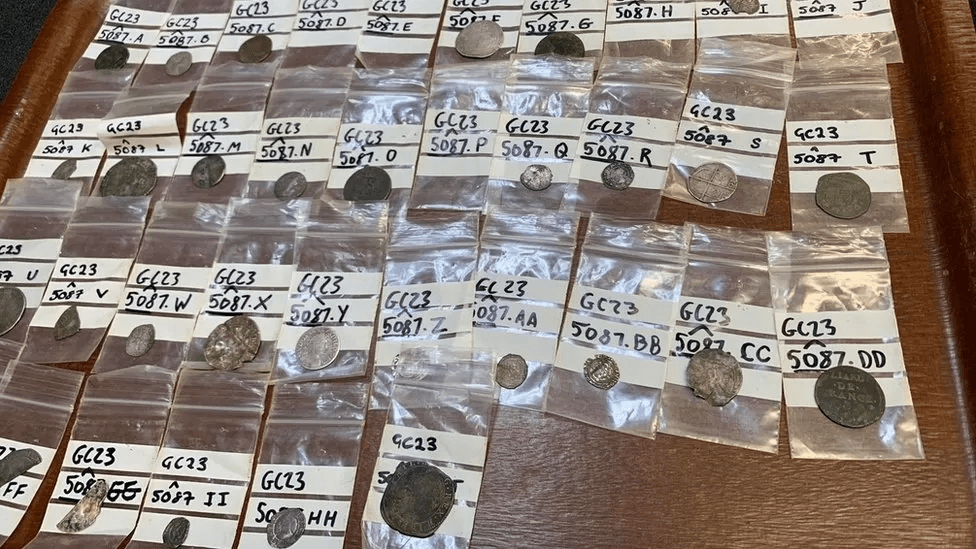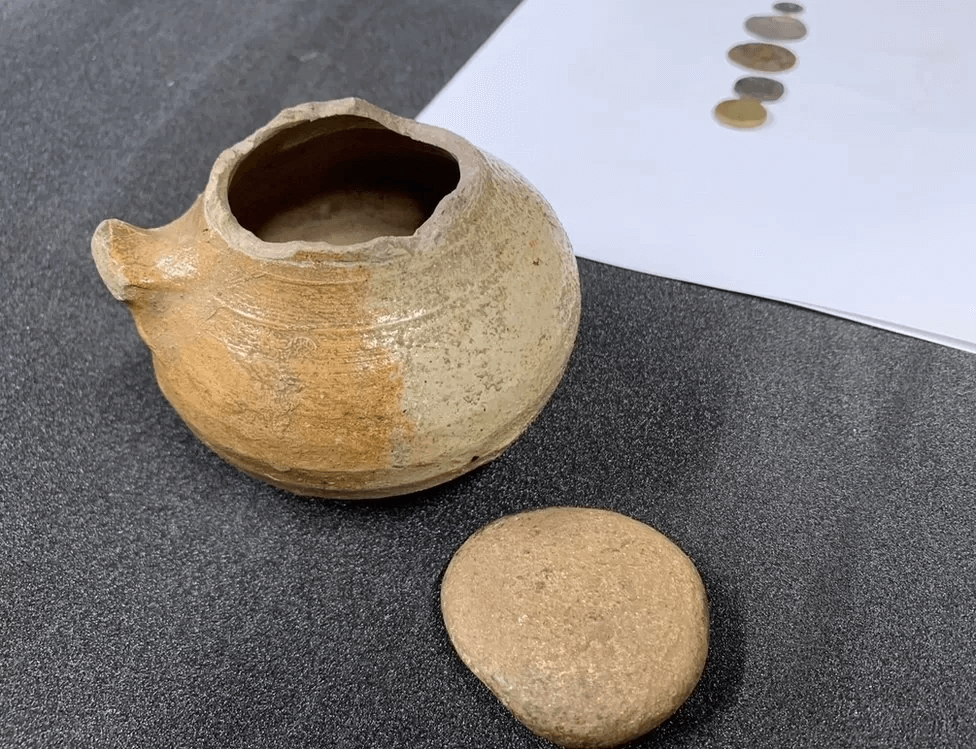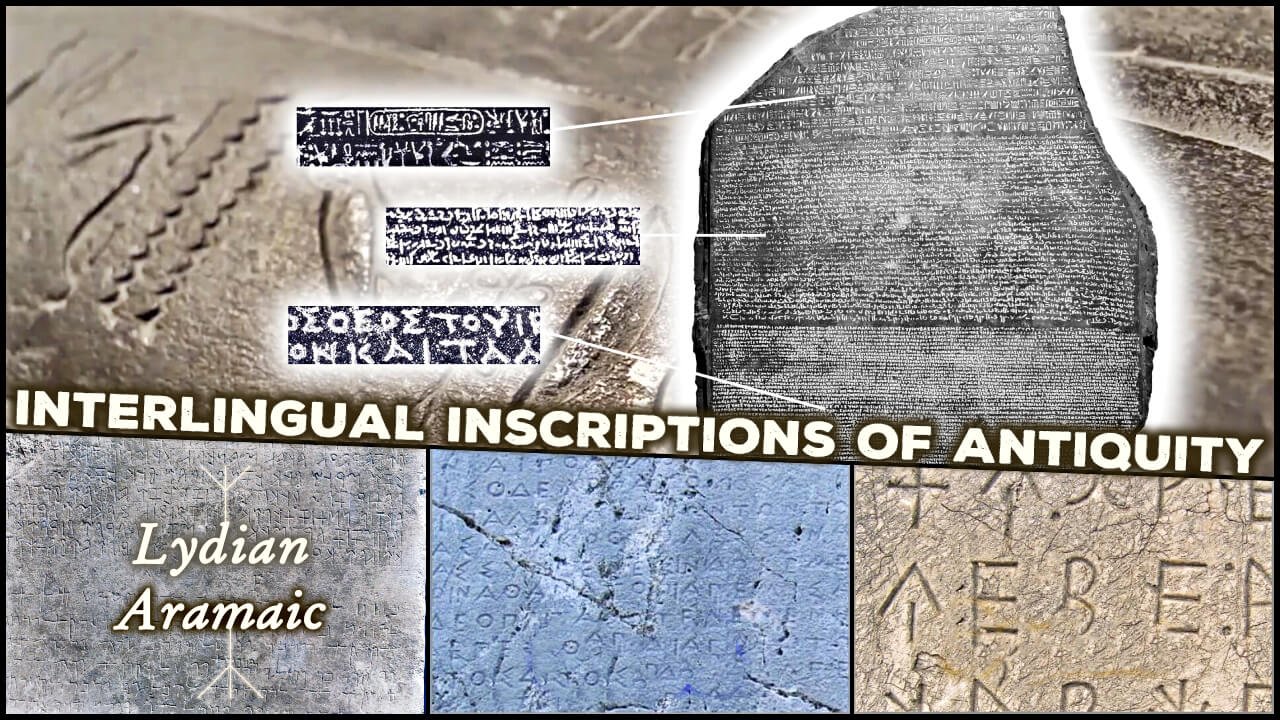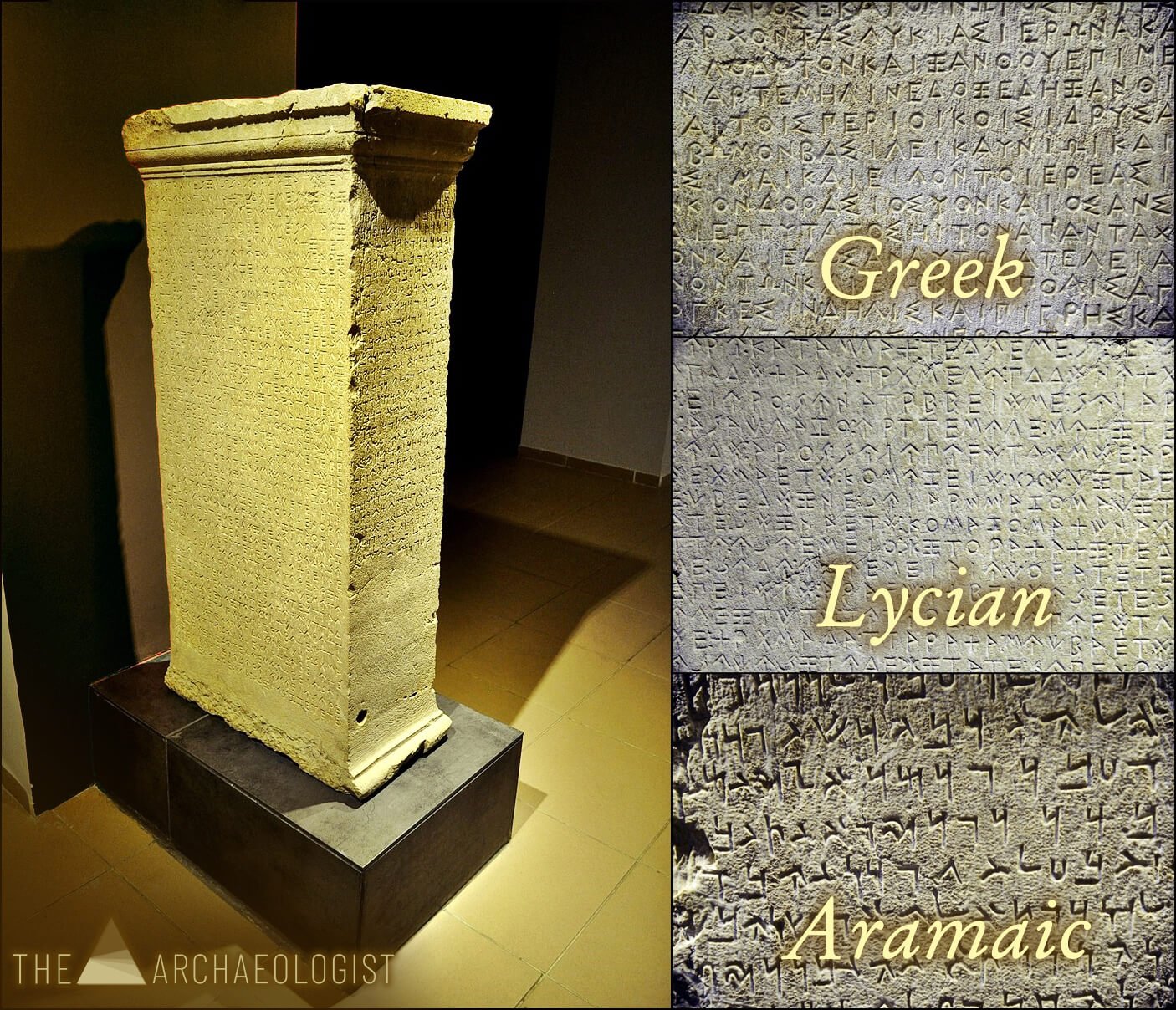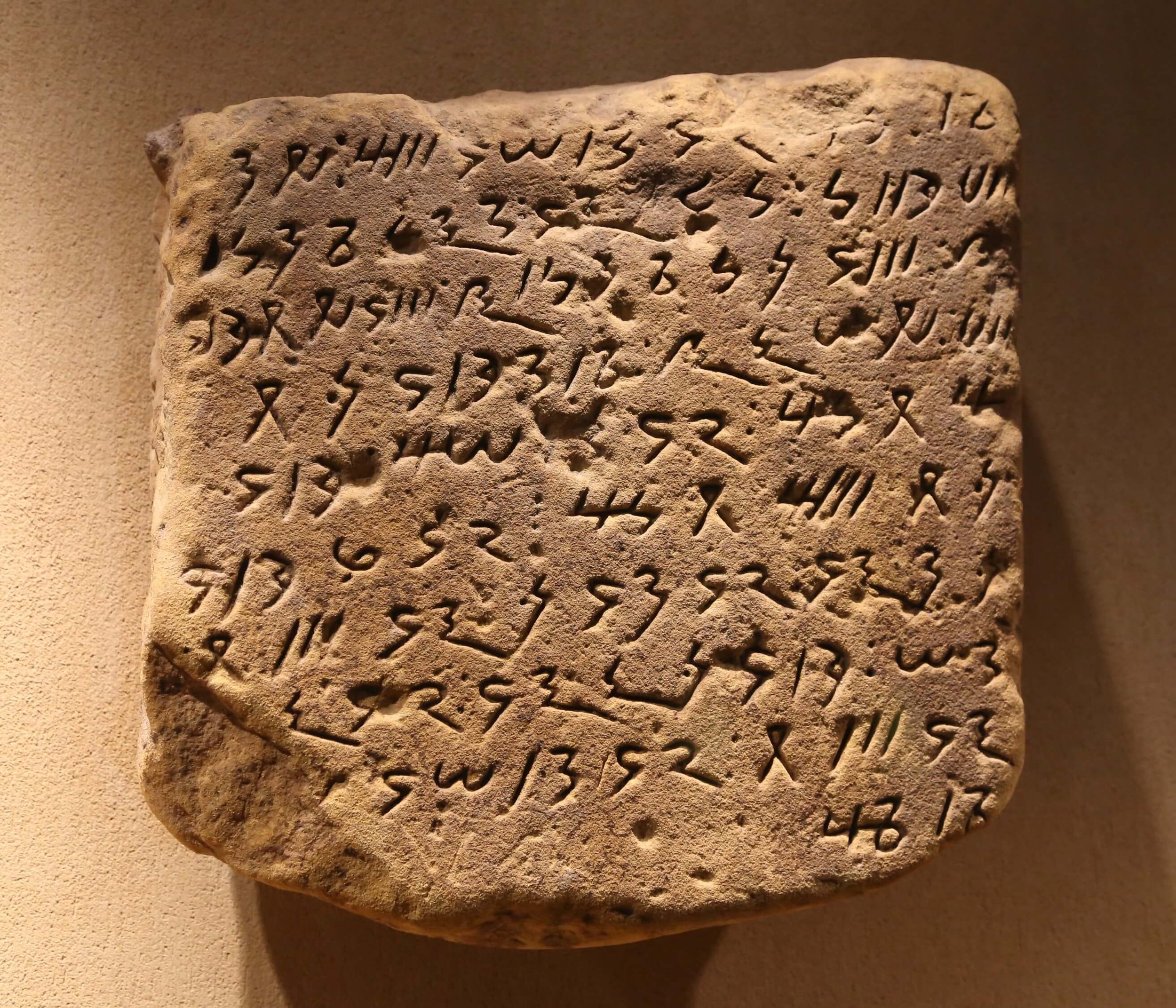Cannabis has been a subject of fascination for humanity for thousands of years. Its versatile uses, ranging from food to medicine and even the mystical world of necromancy, have captivated our ancestors and continue to intrigue us today. A recent research paper titled "From ancient Asian relics to contemporaneity: A review of historical and chemical aspects of Cannabis," delves into the history of cannabis use, shedding light on its rich and varied past. Authored by Gabriel Vitor de Lima Marques and Renata Barbosa de Oliveira from the Federal University of Minas Gerais, Brazil, this paper explores the multifaceted journey of cannabis through time.
Cannabis, a term encompassing various plants of the genus Cannabis, holds a prominent place in history alongside other staple grains such as rice, soy, barley, and millet. Unlike its contemporary reputation as a recreational drug, cannabis served as an essential resource for our ancestors. It was used not only for its nutritional value but also for manufacturing a wide range of products. Hemp, extracted from the cannabis plant's sturdy stalks, was employed in crafting ropes, sails, clothing, and paper. In fact, during the 19th century, it is estimated that approximately 80% of fabrics, candles, rope, and more were made from hemp.
Ancient Uses and Discoveries
The history of cannabis use dates back thousands of years. Archeological evidence traces its use as far as 8,000 years B.C.E. in ancient Mesopotamia, which encompasses modern-day Iran and Iraq. Additionally, hemp rope material from around 4,000 years B.C.E. has been discovered in regions like China and Kazakhstan, providing further evidence of the plant's historical importance. The cannabis plant has a long and diverse history as a crucial resource for ancient civilizations across the globe.
The research paper also sheds light on the curious intersection of cannabis and necromancy in history. The Ma-fen, an element of the cannabis plant, was mentioned in the world's oldest pharmacopeia, the Pen Ts'ao Ching, originally compiled in the 1st century but dating back to 2,700 B.C.E. When ingested in excess, it was believed to induce hallucinations and enable the user to see demons. In combination with ginseng, it was considered a tool to achieve premonitory powers and enlightenment.
Cannabis's entheogenic properties became apparent in India around 1,000 B.C.E. In ancient Hindu religious texts, known as the Vedas, cannabis was revered as one of the five sacred plants. It was believed to have descended from heaven as a drop of sacred nectar, capable of bringing joy and freedom to those who used it. Common variations of cannabis, such as bhang, ganja, and charas, found their place in religious celebrations, including the Holi festival and Durga Puja.
Furthermore, cannabis played a multifaceted role in ayurvedic medicine, serving as an analgesic, antispasmodic, anti-inflammatory agent, aphrodisiac, and even an abortifacient. Despite its rich history in the East, the Middle Ages and the advent of the Catholic Church demonized the use of cannabis and other herbal medicines in Europe.
From Napoleon to Literary Greats
In the 18th and 19th centuries, the European understanding of cannabis took a new turn. As Napoleon's army invaded Egypt, French scientists studied the use of hashish among local populations. Jacques-Joseph Moreau, a notable researcher, experimented with hashish on himself and his students, exploring its psychotomimetic properties. This marked the beginning of scientific inquiry into the effects of cannabis. Additionally, hashish made its way to France, influencing famous authors such as Alexandre Dumas, Charles Baudelaire, and Victor Hugo.
Moreover, Irish physician William Brooke O'Shaughnessy made significant contributions to the understanding of cannabis in the 19th century. He documented its effectiveness in treating pain, convulsions, and vomiting associated with infectious diseases like rabies and cholera, leading to its inclusion in the British pharmacopeia.
Cultural and Religious Movements
In the mid and late 20th century, cannabis experienced a resurgence in popularity, driven by cultural and religious movements. The likes of jazz, blues, the hippie movement, and Rastafarianism embraced cannabis as a part of their spiritual practices and artistic expressions. Renowned artists such as Bob Marley, Janis Joplin, Jimi Hendrix, The Beatles, and The Doors further fueled its popularity, leaving a lasting impact on popular culture.
Cannabis, with its diverse history and applications, has evolved from an ancient grain to a plant that has stirred cultural, medical, and recreational revolutions throughout history. Despite the setbacks of prohibition, modern research is on the path to uncovering the many mysteries and potential benefits of this remarkable plant. Whether it's used as a psychedelic substance, a medical treatment, or as a source of food and textiles, cannabis remains one of the most controversial and captivating subjects in contemporary human history. As we continue to explore its potential, the story of cannabis unfolds, revealing its place in our past, present, and future.



























